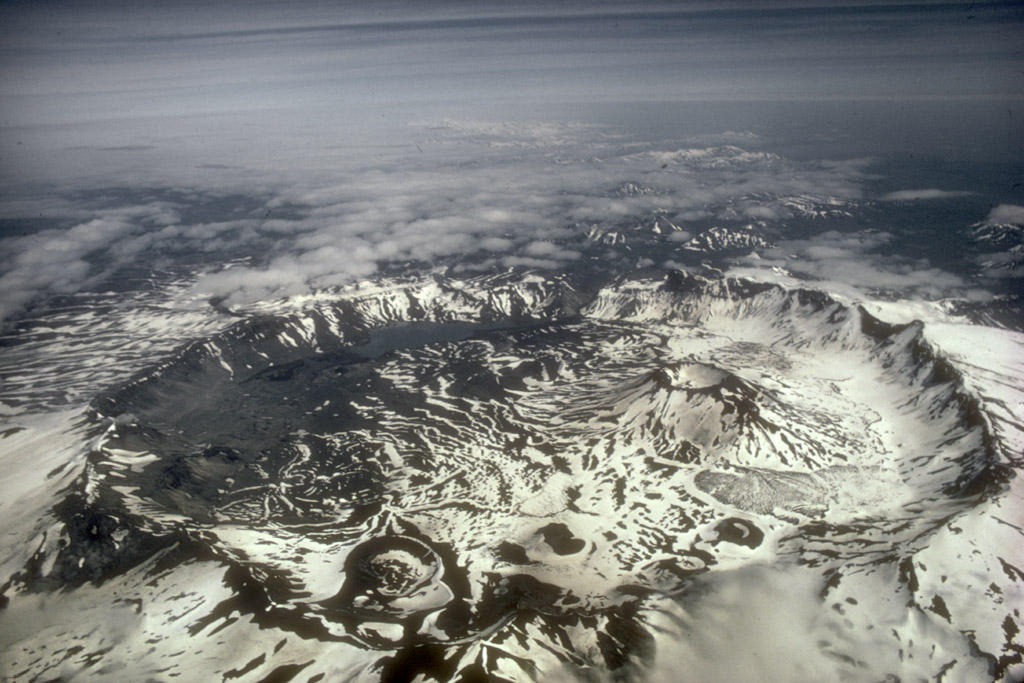
Earthquakes have rattled through Port Heiden more often than usual this year. Michael West is the State Seismologist with the Alaska Earthquake Center. He took a look to compare this year’s quake numbers with other years’.
“If we look back over the past 15 years or so at earthquake activity in the area of Port Heiden that’s shallow in the earth what we can say is that the vast majority of those, meaning more than half of them, have occurred thus far in 2016,” West said.
He called this uptake in earthquakes in the area a swarm.
“Sometimes a fault will rupture in a single significant earthquake,” West explained. “But other times faults will rupture in a lot of smaller earthquakes. And we call those earthquakes a swarm, or you can think of it as like a little cluster of earthquakes that, added together, might be sort of equivalent to a single, larger earthquake.”
This swarm, West said, began abruptly on April 2nd this year with an earthquake of a magnitude of 6.2.
“Following that, there was a rather normal, expected sequence of aftershocks,” West said. “That is hundreds of smaller earthquakes, maybe magnitude threes, a few magnitude fours in response, in response to that earthquake. But the earthquakes in that area have continued over the recent months and kind of peaked again in the summer and are continuing on into today, though at a somewhat lesser rate than in the summer.”
Sometimes swarms stop abruptly, West noted, but more often they fade away. And while the earthquakes in the Port Heiden area seem to have been decreasing since August, it’s also possible that they could pick up again. West said it’s tricky to know where the swarms are headed.




